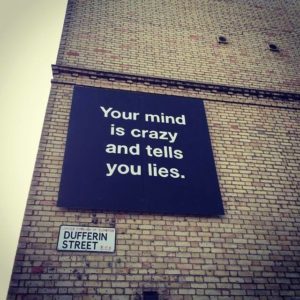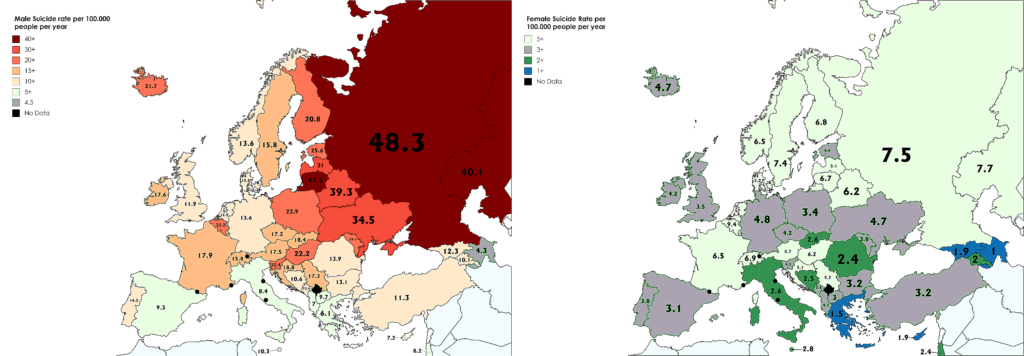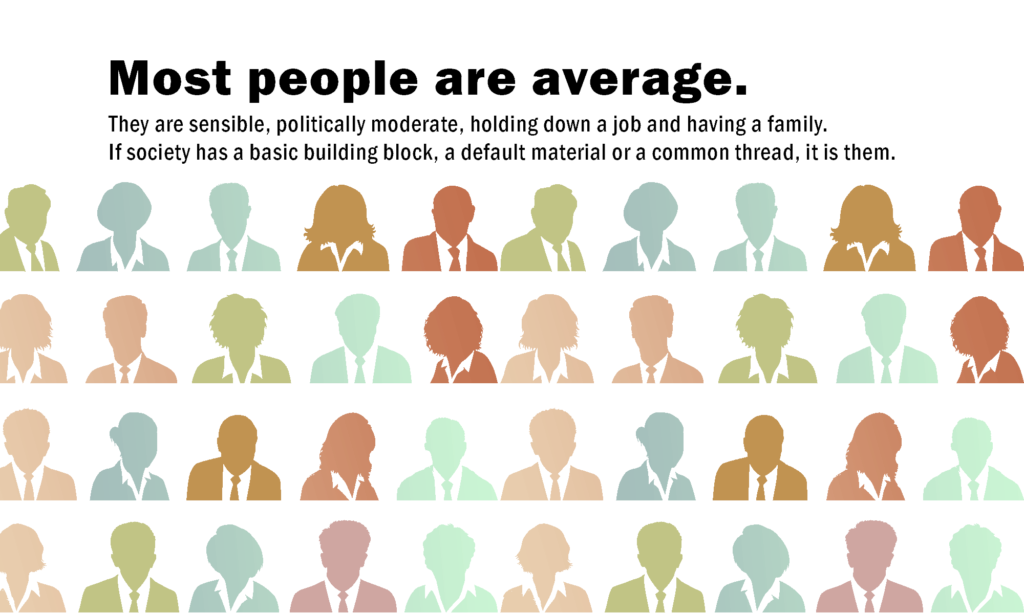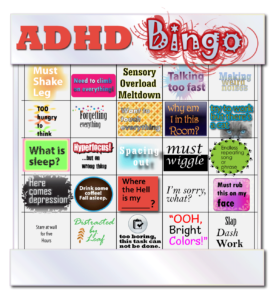Brain\Mind
Musings, news, and research about neurology, brain physiology, psychology, and behavior. Particular focus on Autism, ADHD, and depression.
in European countries per 100.000 inhabitants (2016). (Phone users the info-graphic is at the bottom, in case it’s hard to see on your phone, the male numbers are to the left and females on the right.) I knew male suicide rates were higher but I had no idea the difference was this stark. The male suicide rate is at least double and often triple the female rate. In Russia, it’s 6X higher! We live in an absurd time where every opinion that could POSSIBLY have a political ax to grind is assumed to have one.
I want to turn that assumption around and ask questions:
- Why do I feel vaguely self-conscious and a need to clarify my motives when posting this? Is showing concern specifically for men seen as rejecting concerns about women? Has discussion of male-female issues grown to resemble the charged atmosphere surrounding discussion of Israel? I refer to the fear of being called anti-semitic that comes with any criticism of Israeli policy or show of concern for Palestinians. If so, how have relations between the sexes sunk low enough to mirror the most vicious and entrenched argument in the world?
- In general, why isn’t the cause of this situation (male suicide numbers) a bigger, more pressing public health question? If the numbers were reversed do you think would there be a higher level of concern and more discussion about what is happening to girls and women?
But outside of politics or any kind of moralizing, just pondering the composition of the human race, I think one of the most revealing questions we could ask to understand our species is simply:
Why is this so?
Where does this technique reside within this one spider? Where does it reside within the species?
What triggers the processing of this knowledge?
How does the spider understand (or at least experience) the need and the solution?
How does the spider brain process this knowledge without a sort of visualizing?
If spiders can visualize physics concepts
and the parts they’ll need… and collect them…
and assemble them properly…
How should we visualize the minds of spiders?
A dye that glows brighter in the presence of calcium ions is loaded into the neurons. Neurotransmitters released by an upstream neuron in a network lead to rapid calcium influx in downstream neurons, seen here as a sudden burst of green. The influx triggers an electrochemical propagation of a signal down the length of the neuron, called the axon, and causes the subsequent release of more neurotransmitters, which signals the next neurons in the same network to fire.
Winners interpret good luck as merit-based, even when the rules overtly favor them and no skill is involved.
When I notice evidence-based research relating to my articles I am adding them.
“At the end of their game, people were asked if it had been fair. Regardless of the conditions, winners were more likely to say yes than losers. Even when the winners benefited from receiving either one or two strong cards from their opponent, they were twice as likely to judge it a fair game as the losers. What’s more, in most versions of the game winners were more likely than losers to attribute success in the game to talent – even though the game required very little.”
Abstract
Growing disparities of income and wealth have prompted extensive survey research to measure the effects on public beliefs about the causes and fairness of economic inequality. However, observational data confound responses to unequal outcomes with highly correlated inequality of opportunity. This study uses a novel experiment to disentangle the effects of unequal outcomes and unequal opportunities on cognitive, normative, and affective responses. Participants were randomly assigned to positions with unequal opportunities for success. Results showed that both winners and losers were less likely to view the outcomes as fair or attributable to skill as the level of redistribution increased, but this effect of redistribution was stronger for winners. Moreover, winners were generally more likely to believe that the game was fair, even when the playing field was most heavily tilted in their favor. In short, it’s not just how the game is played, it’s also whether you win or lose.
- He has Parkinson’s
- She has epilepsy
- He’s schizophrenic
- She’s autistic
No, it’s not the setup for this year’s wackiest RomCom.
It seems one might possess Parkinson’s like a teacup chihuahua or a classic mustang whereas autism is who you are. You could make the case that autism or schizophrenia dramatically shape your personality in a way that defines you, while the other two do not…but you’d be wrong. The communities of caregivers surrounding them commonly describe what they know as Parkinsonian and epileptic personalities. What decides this automatic and unnoticed distinction between Being a disorder and Having a disorder?
How can you be a diagnosis? The taxonomies of neurological types used to label people aren’t real things that people can “be”. They are checklists where we matched the diagnostic criteria enough to call the result positive. “Enough” might be 4 out 7 matches, for example. Diagnostic criteria are simply a collection of behaviors and bio-metrics accepted by the medical community. It’s rather like asking hunters (the hunting community?) the 7 most distinct characteristics of deer. That might be kind of fun but the heuristic is: “I know one when I see one”.
Different neurologies are utterly real but named neurological types are descriptions, the names for vertices and ranges of behavioral parabolas distinct enough to contrast clearly against normal.
Normal is the smooth melted butter river of behaviors we mostly can’t even notice because of how overwhelmingly common they are. Normal isn’t a thing either, it is a thing that’s going on. Normal is a strange state, only seen clearly when it is held next to things that are not… a bit like a black light held over a motel bed. Normal isn’t a cool matter-of-fact background to things. Normal is the thing we fear when we make a terrible impression. Normal is the cop we all feel oddly guilty in front of. Normal is being welcomed home or cast out in exile. In meat-and-potatoes reality, there is no break from normality that calls for a celebration.
Throughout human history, Normal functioned as an immorality finder. Where immorality was uncovered, normal was declared missing…even for commonplace behaviors that simply got on the wrong side of something socially cherished. The other side of Normal’s coin is perversion of course. So Normal is tainted and muddled by being a measuring device cum moral cudgel. If you trace it back far enough you’ll find Normal describing primate pro-social behaviors that maximize pregnancies and group survival.
There is a rather famous story about moths that you might have encountered as a student. The class would have been discussing evolutionary theory.
The common form of peppered moth had a pale coloration suited to hiding on the bark of light-colored tree trunks. This camouflage apparently enabled it to avoid being eaten by birds. Then, in 1848 a specimen with black wings turned up, in the industrial city of Manchester, England. By the end of the 19th century, the dark peppered moth was everywhere, and the paler, mottled version had vanished, becoming virtually extinct.
This was perhaps the first clear instance of human behavior increasing environmental pressure on local species and observers noting and following it. The industrial revolution roared up to speed and the universal use of coal for heating and industrial production had blackened skies and forests. An editorial in an issue of Nature quotes an 1851 railroad guide to the English industrial midlands: “The pleasant green of pastures is almost unknown, the streams, in which no fishes swim, are black and unwholesome…the few trees are stunted and blasted.” Continue reading
 “The unmotivated seeing of connections” accompanied by a “specific experience of an abnormal meaningfulness”. — Klaus Conrad
“The unmotivated seeing of connections” accompanied by a “specific experience of an abnormal meaningfulness”. — Klaus Conrad
More simply, Apophenia is seeing connections and meaning in data because we want it to be there, not because it really is.
3 Forms of Apophenia:
- Confirmation bias – From a background of randomly distributed items; associating items that have no connection except that they fit the story you are already telling yourself.
- Rejection bias – Ignoring or denying information that DOESN’T fit the story you are telling yourself.
- Pareidolia – (less impactful, but related) A sensory stimulus that is interpreted by the mind as something else. For example, being in the shower and in the sound of the running water, you keep thinking you hear your phone ringing. It is also, the faces we see in teapots, trucks, and clouds. It is seeing Jesus on a piece of toast, or a happy dog face in random shadows and light.
However, I think rejection bias “piggy-backs” on confirmation bias and is more like an implicit corollary than a different category. And Paradolia is more like the confirmation bias of the senses which may or may not be taken seriously. If it is taken seriously and defended, is it has turned into garden variety confirmation/rejection bias.
One classic example of confirmation bias is a gambler, excitedly seeing meaningful patterns in random information and sensing a coming streak of good luck based on nothing real. But interpersonal confirmation bias is very common and typically awful for both parties. I once had a painful encounter with this in myself, in a social situation where I consistently misunderstood social signals until I lost a friend. It’s shocking how compelling and believable your own apophenia can be. The dawning realization of having been completely wrong and completely certain is mortifying but also frightening: You’ve been out of touch with reality, and you were not in a relationship with another person, just yourself and your dream. How can you feel sure of any footing once you’ve led yourself to disaster? “Fool me once, shame on you, fool me twice, shame on me.” but in this case, all the fooling and all the shaming is on me. Damn it, brain. I suspect this sort of apophenia correlates strongly to an emotional need for comfort. It’s an opium-like form of self-reinforcing belief that takes away the pain even as it sets you up for more.
The most basic survival need for any organism is to recognize the meaningful information and patterns around it. A little anomaly in the shadows of a bush might mean a tiger. A twinkle of a certain color in the distance could be fruit. If a sudden unexpected sound or movement puts you on alert it means your copy of this software is up and running. The neurology of patterns and meanings is essential from raw survival to subtle nuances of communication. There are patterns to be recognized in faces, voices, and body language: There are patterns in the weather and in the nightly news. This function is our guardian and navigator in everything we do. Discerning the signal from the noise is the foundation of being in touch with Reality. This isn’t Apophenia, this is pattern recognition.
Apophenia is the name given to this sense of pattern and meaning at the point that we become partisan and embellish our subjective perception, emphasizing the preferred meaning of a pattern.
There is a healthy version of Apophenia and a toxic version. Healthy Apophenia is generally invisible because it creates no (serious) conflict with reality. Almost everyone’s spiritual and political beliefs are healthy Apophenia. Not healthy in the sense of highly recommended, more like not poisonous. Toxic Apophenia can be viewed as a spectrum disorder because it emerges directly out of these same essential brain functions but as beliefs that war with the outside world.
I’ll use the example of Autism as a spectrum disorder for comparison.
All of us fit somewhere on the Autism spectrum. This does not mean we are all autistic, just that autism can only be measured and described in contrast to “Not Autism”. We have our personal “settings” for all the well-known issues of ASD people such as sound sensitivity, dislike of eye contact, social deficits, etc. We might be socially warm, making intimate eye contact, and not at all bothered by noise but we are on the same spectrum or there would be no contrasting perception describing Autistic behavior. What makes a person “Autistic” is the degree to which their personal settings cause friction with the “normal” world. We stop calling people Autistic when the friction is mild enough that a diagnosis isn’t necessary. This is simply where we stop measuring the spectrum, not where the spectrum stops.
Toxic Apophenia is recognizable friction between OUR reality and REALITY itself. It is a meaning disorder. It is the dangerous stalker or the unstable zealot.
If we have any kind of subjective outlook on life, we have a case of high-functioning apophenia. Subjectivity and “reality favoritism” are unavoidable because to have any point of view, we highlight certain data points in the world as more meaningful than others. We prefer these data points. They support the narrative. Of course, there is no absolute objective reality that we could all be perfectly in touch with. Significantly, THAT belief (in one real truth) is a common symptom of toxic apophenia. A properly functioning person is loaded with biases and subjectivity. A bit of Apophenia is universal and we can consider it part of our homeostasis. It’s part of how we have a fix on our personal life and beliefs. If it means we gloss over a few discrepant facts or get into some arguments, there’s usually no serious price to pay. A bit of friction is just human background noise.
In more serious Apophenia, beliefs become obsessive. Not because the person simply has bad information, because that bad information takes root and grows disproportionately important, inflexible, and unquestionable. Mistakes aren’t corrected, they are defended. Apophenia almost behaves like an allergic response; eventually, any truth outside the story is treated as antigen. It is an inflammation of belief. That belief becomes our prime motivator, a terrible advisor, and somehow, an essential part of our self-definition. It shows up as an opportunistic infection alongside addiction and co-dependency. It is dogmatic and generates black and white stories. Often it is a willful rejection of any relationship to others, becoming a protective wall around mono or megalomania. Apophenia is the mechanism and the very foundation of conspiracy politics. Viral memes and vulnerable people are the breeding ground.
Examples of Hot Zone Apophenia:
- Stalkers: Celebrity or otherwise. A false story of romance is woven into an obsession and the focal person must be forced to recognize it.
- Religious Extremists: A religious map of reality becomes more real than the daily world. In the worst cases, the world must be forced to recognize it.
- Conspiracy theorists: A weird idea becomes a raison d’etre. A monomania.
- Racists: Everything becomes about “The Jews”, or “The blacks” ad-nauseam.
- Ultra-Nationalists: It starts with culture appreciation day and ends with ethnic cleansing.
Notice how isolated they all are. In some cases, a natural group of “new best friends” comes with the obsession. Unfortunately here, a like-minded community only reinforces the seeming importance and truth. All backs are turned against the outside world and all its damned lies. As the levels of obsession rise, barriers of acceptable behavior are knocked aside. In the worst-case scenario, there is a literally terminal stage when violence and self-destruction occur. These are people it is hard to feel compassion for because they all display unpleasantness or worse but my gut tells me that way back when the obsession is just a tiny glimmer, coming into being, that hopelessness, loneliness and a desperate need for meaning are the sparks that start the fire. The new obsession arrives feeling like a lifeboat, like a rescue, like an escape to a safe place. Much like serious depression, it cuts the person off from the world and rejects opposing views. For many with serious Apophenia, the story leading to their downfall must feel like an answered prayer and a reason for living.
All these people are desperately filling a painful void with a poison that they have mistaken for an antidote. In apophenia, you don’t hold the belief, the belief holds you.
All neurodiversity issues are a moving target, we all need to keep updating our ideas of the reality niches we humans occupy.
In a few other articles I’ve made the point that random millions of people having babies with other random millions of people give birth to consistent percentages of neurological and psychological types relative to the population at large, generation after generation. Some of these groups are defined as disabilities or pathologies. Example groups ADHD, and ASD are disabilities, sociopaths are seen as pathologies…it’s the second part of the name! They are generally thought to be caused by failures of infant development to complete normally and a pretty strong genetic connection. ASD is the obvious example of a spectrum disorder. Predictable numbers of ASD people are born year after year.
Clinically ASD includes a short list of recognized levels of the disability which exist along a continuum of severity. There’s a break here between the small range of what’s accepted as proven medical science to be autism and the much broader range of people who are legitimately diagnosed as autistic even though they are much higher functioning than the accepted range. It’s tacitly understood by therapists, teachers, parents, etc to be a section of spectrum that could be positioned at the end of the current spectrum and just pick up where it leaves off and run all the way out to those who have a few touches of these traits but are otherwise completely normal. That makes sense as the autism spectrum. I’m grandfathering ADHD in on this spectrum because 80% of high functioning autistics also have ADHD. Continue reading


